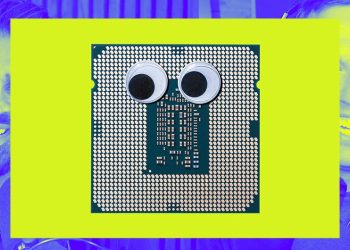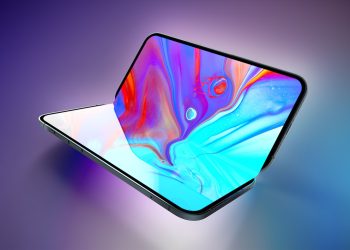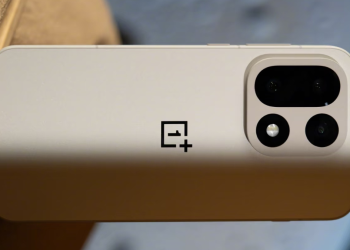Between the lines: OpenAI’s new hire signals its intention to deepen its scientific credibility beyond its position as the world’s most popular AI chatbot and video application.
- The company already uses its AI models to explore scientific problems, starting with mathematics and physics.
- Lupsasca will help shape the direction of OpenAI’s research in theoretical physics and guide how frontier models approach complex, multi-step scientific reasoning.
- He will also collaborate closely with the university community.
State of play: OpenAI hopes its new science initiative will boost the company’s credibility with researchers and allow them to compete more directly with other AI labs pursuing scientific discoveries.
- Google DeepMind’s AlphaFold has revolutionized protein structure prediction, and DeepMind on Thursday announced a partnership aimed at accelerating fusion science.
- Anthropic recently launched its own science initiative to accelerate research by providing free API credits to researchers.
Catch up quickly: Over the past year, the maker of ChatGPT announced physics and biology partnerships with the U.S. National Laboratories and worked with Retro Biosciences to use a specialized GPT model for protein engineering.
What they say: As a theoretical physicist, Lupsasca says: “I used to think it would take a long time before AI could contribute significantly to the research frontier. »
- GPT-5 can solve astrophysics problems that would take talented graduate students days to approach, Lupsasca told Axios in a statement.
- Weil, OpenAI’s vice president of science, says GPT-5 can already perform “new and limited scientific research.”
- “But remember: the AI model you use today is the worst AI model you will use for the rest of your life,” says Weil. “The future is bright and I’m excited to share more in the coming weeks.”
The bottom line: From social video to shopping to hard science, OpenAI is transforming into a multi-faceted company that wants to lead on AI in every aspect of our lives.









